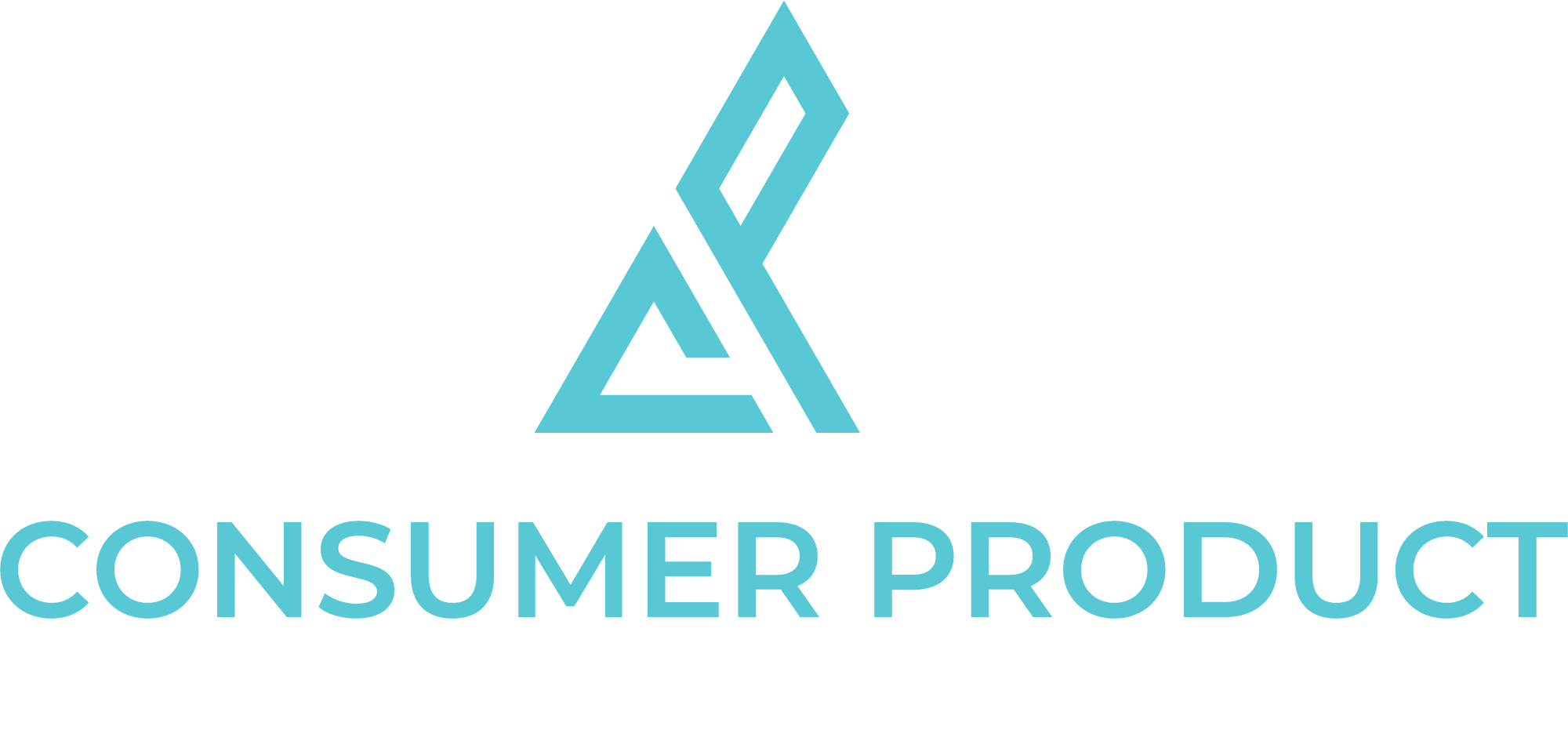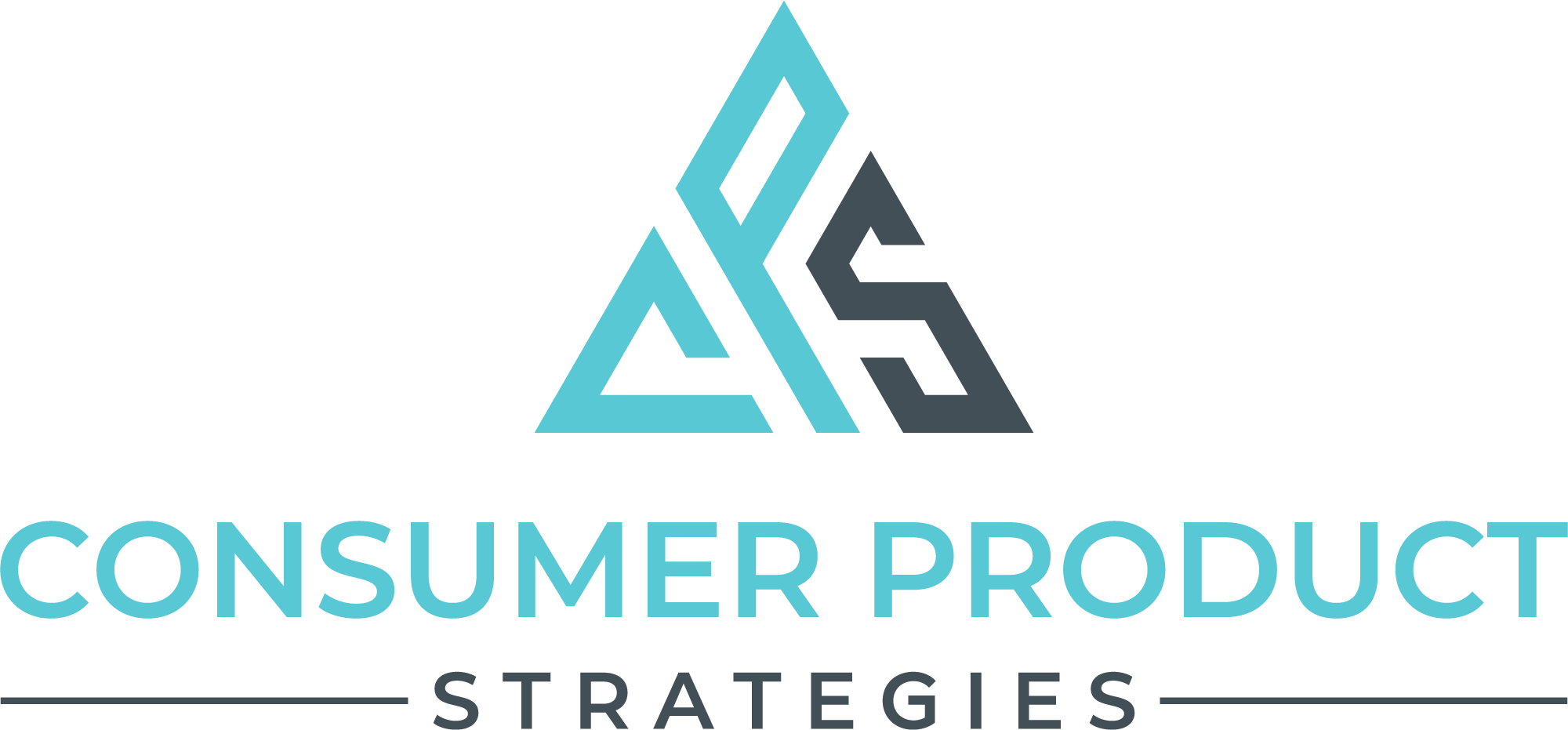Many times, we are so busy creating and selling products that, while good things are happening in our sales, we miss key variables that could potentially hurt our business or miss new opportunities that could be rapidly capitalized upon.
That’s why having a clearly defined product management process, that is data-driven, is so important. Part of that process includes continuous analysis of your product line and its contribution to your long-term business objectives.
Implementing analytical tools and processes will help you stay on top of how each item, category or price point is impacting all aspects of your company. It can also help you make better decisions and maximize key resources such as your:
- Accounts
- Cashflow
- People
- Sales
- Profitability
- Warehouse Space
Think of your product line like an investment portfolio, because when you get down to it, that’s what it is to your business. Everyday you invest cash, time, human resources and space into supporting and selling your product portfolio.
A Balanced Approach
A solid product line analysis is not just about numbers. It also includes qualitative insights from your employees and from your market landscape of customers and competitors.
We will be discussing the quantitative aspects today, and in a future post we will breakdown the qualitative research that goes into analyzing your portfolio’s impact on your business and your market.
This balanced combination of quantitative and qualitative insights enhances your ability to:
- Maximize the right new product opportunities
- Drive additional growth of current products
- Be more proactive in getting out of weak items
- Reduce investment risk
- Maximize your sales, profitability and resources
- Proactively manage your product life cycles
What is Your Data Telling You?
When analyzed properly, at a variety of angels, your data has a story, and usually, as we dig deeper and slice the data into many views, a consistent theme usually prevails and helps us to understand the issues and develop strategies and solutions to improve the portfolio.
Again, we then use qualitative feedback and research to balance, validate or clarify the story. Let’s take a deeper look into the quantitative aspects we could be measuring and how to slice our views to capture every angle of a product portfolio’s story.
1. Sales and Gross Margin by Item
This sounds basic, as most companies are very aware of each item’s sales and gross margin, but how far do you take your analysis. It is important to slice and view sales and margin from a variety of perspectives. We recommend the following:
Revenue Distribution by Sales Rank and Percent of Sales
What we are looking for is to see the health of your portfolio’s sales distribution of items. This analysis is done at the company or global level, and then sliced down to understand the contributions within each:
- Channel Type
- Country or Region
- Brand or Category
- Price Point
- And any other segment you want to measure
Typical concerns would be scenarios where too few items are doing too much of the sales or situations where the sales are too evenly distributed across each item at low levels of contribution. Both situations can at times be unhealthy distributions of your product portfolio.
The first scenario creates too much risk due to reliance on just a small percentage of your line carrying the sales, as well as potential waste due to having to manage a large percentage of the underperforming items.
Without enough diversity in the revenue distribution, a company can end up living and dying on the success and longevity of that limited number of high producing items. This makes you vulnerable to competitive pressures that could impact the items or the natural life cycle maturation of the items.
In the other scenario, where the sales distribution is flat and the portfolio does not have clearly defined tier levels of sku productivity, it can create a situation of inefficiency where your company is working too hard to generate enough sales across too many items.
The gross margin may even look strong for those items on paper, but if your resources are highly leveraged in managing the production, selling, storing and shipping of the goods, your net income can be challenged. Keep in mind too your percentage cost of sales to pick, pack and ship those lower volume items tends to be higher than for larger volume orders.
The key is to strike a balance of sales contribution that has a healthy distribution of A, B and C velocity items that is manageable and meets the needs of your market.
Gross Margin contribution as a % of sales
It is important to understand the weighted profitability contribution of each item in your product portfolio relative to your aggregate profitability. Creating a weighted score, based on the sales contribution and the gross margin, helps you clearly see the actual impact that item has on overall profitability.
You will always have high and low margin items but understanding what each item does individually to your net income is important. Effective product management focuses on driving the mix of these margins to continuously improve the portfolio’s overall profitability. From there, you can more effectively devise strategies that align with your profitability objectives and improve your portfolio’s health long term.
2. Cross-Channel Analysis
Specifically, we are looking at how effective your items are across your multiple channels, divisions or countries you sell in. This is very important because the more versatile an item is, the more efficient it is to your company relative to impacting areas and investments in resources such as product development, sales and warehousing, and in making efficient use of your cashflow.
Items that have a lot of channel diversity in their total sales can be more effective contributors to your overall revenue and profitability as well as lengthen the potential life cycle windows of those items.
A great example of an inefficient situation where channels are not being maximized is a concept I refer to as limiting quadrants. Picture an Excel file with channel segments listed down the left-hand column and the geographic locations you service listed across the top.
An item or product category with a healthy cross-channel performance will have closely shared percentages within most of the cells of the report. The concept of an item with a limiting quadrant performance will typically have a large percentage of the sales distribution in one quadrant or cell and very fragmented distribution, if any at all in the other cells.
Typically, your own results are going to be somewhere in between the perfect situation in the first example and the limiting quadrant situation in the second example. This limiting quadrant scenario is not uncommon for certain items, as clients or markets can have different needs, but the more you can avoid this, the more efficient your resources can be utilized.
When your product development team is having to develop too many different items for too many different channels, there becomes a potential for diminishing returns. In fact, the effectiveness of many of your resources becomes more limited by these isolated situations that a limiting quadrant item or product category can create.
3. Turn Ratio Analysis
Another important way to view your product portfolio is to look at each item’s turn ratio, and to evaluate what each level of turn rate’s dollar or percentage value contributes to your entire portfolio. We typically illustrate this in a pie chart or bar chart to show the proportional relationship of each turn ratio to the entire portfolio.
Monitoring turn rates is important because slow turning items tie up cashflow and warehouse space and limit your ability to react and get out of an item if its sales start to trend down further to the point that you cannot carry it any longer. Also, a profitable and good selling item may have a very large minimum production quantity, forcing its turn ratio to only be two times a year. You may want to factor in your profitability, the cost of that item sitting in your warehouse six months at a time.
Another factor to consider besides the turn rate and minimum production quantity, is the cube size of each case pack. When you factor that element in with the total space the item takes up in the warehouse for a specific number of days, you then can tangibly tie a real cost attribution to that slow turning item.
Again, this may be an item that on paper has a high gross margin, but when other factors are assigned as attribution costs to the item, its real profitability is lower than say an item with a lower gross margin that ships in volume and turns quickly.
It is very normal to have slow turning items in your portfolio. In fact, in many cases it is necessary because those slower selling skus may either be part of a brand or category you are strong in, and eliminating them could impact the appeal of your category to the customer.
4. Account Breadth of Usage
Analyzing your portfolio this way enables you to understand the effectiveness of an item from a general acceptance point of view, relative to how broadly the item supports your valuable customer base.
Specifically, one of your objectives as a consumer products company is to support your customers product needs. Having items that meet the needs of a larger part of your customer base again maximizes your resources. For example, if you are not able to have a nice portion of your product portfolio support a large segment of your customer base, then your product development team ends up having to work harder than it should in developing too many different items to meet smaller segments of your customer base.
Another reason this analysis is important is because a group of items may rank high in your sales but are really only supporting a small group of customers. While those items may be critical to your business objectives, it’s important to understand what is driving their sales and to recognize that just because the item ranks high in sales, it may not be a viable extension opportunity for product development. This is because the data shows that the item only appeals to a limited customer base.
5. ROI Analysis by Launch Year
Understanding the financial impact of your new product development investment is an important aspect of your portfolio’s overall health. We like to run at least five years history on new products to identify:
- Sales generated at launch year and each subsequent year
- Profitability of each product launch
- Percentage of A, B and C items produced
- Attrition rate of each product launch
New products should have a positive impact on your portfolio’s average profitability, especially if they are innovative or first to market and can deliver higher gross margins. Your product launch ROI audit enables your company to track a new launche’s contribution to improving your portfolios profitability.
As stated earlier, the quantitative side of a portfolio analysis is balanced with qualitative research and insights. Some of these include:
- Feedback from customers, sales people and employees
- A thorough competitive analysis that includes:
-
- Your competitors’ SWOT (strengths, weaknesses, opportunities and threats)
- Your competitors’ core competencies
- How your portfolio aligns with your market and your SWOT
- Identifying any gaps, you can fill in new product development
There are many steps, ideas and concepts to share relative to a qualitative approach to your portfolio analysis. Look for an upcoming post where we will break this process down.


